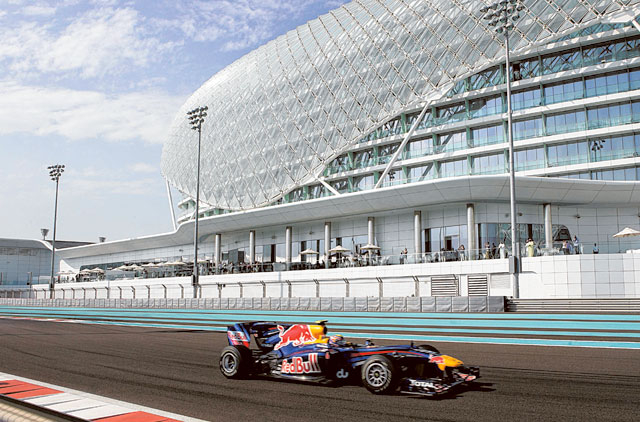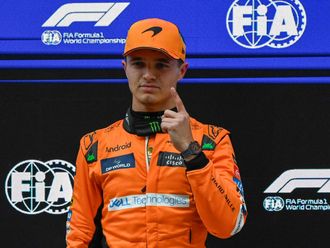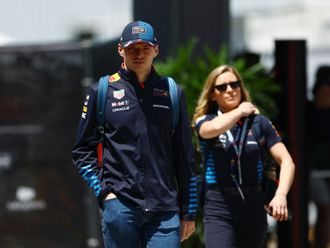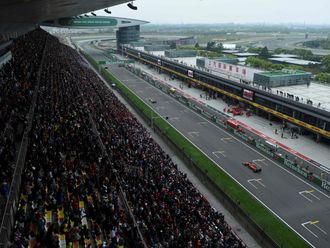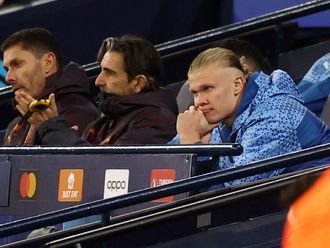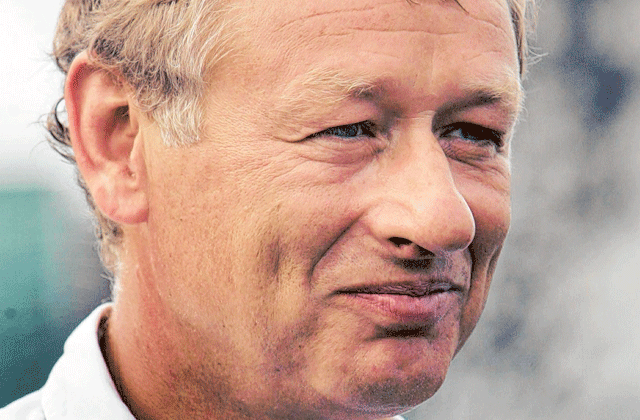
Dubai: Formula One has expanded into eight new countries in the past decade – all are in Asia – and all were designed by one man: Hermann Tilke.
But while the 57-year-old German may not be the business strategist behind the sport’s move east, his designs are the shop window of motorsport’s modernity and an entry point to millions of new fans.
Whether it be the iconic lotus leaf roofs of Sepang and Shanghai, Yas Marina’s hue-changing hotel, or the bright colours of Buddh, Tilke has breathed new life into a sport and made destinations of mere asphalt.
Already at the maximum 20 stages that F1 deems viable for a season, you may think his reign of redecoration has met a threshold but the new market rush shows no sign of slowing.
Tilke is still all set to unveil New Jersey’s Imperial Park Circuit and Austin’s Circuit of Americas both in the US for 2013 and Russia’s Sochi Olympic Park Circuit set for 2014.
It has seen Europe, the sport’s traditional base, lose its grip of 11 out of 16 races in the late 1990s to just eight out of 20 events today.
“A world championship has to be all over the world,” Tilke told Gulf News in a telephone interview. “F1 has to continue to grow and develop and there will always be space for another Grand Prix somewhere. Expansion can only be good for the sport but as for the politics of when and where to go, it’s beyond me. “Our designs have created more interest. But it’s only a tool.
“If you have a fantastic football stadium, it only plays a small part in the success of the team. The bigger interest must come from the excitement of the race and the skill of the driver.”
Excitement is something he’s been accused of killing, however. In the pursuit of safety, Tilke’s tracks have large run-offs that some feel fail to punish erring drivers and a lack of overtaking options with long straights. But he’s working on it.
“Maybe a new thing that’s coming out is the introduction of tight and slow corners where cars can get tied up, before attempting an overtake on the long straight, followed by a hard brake for another opportunity to pass at the end. But otherwise design is not really changing.
“Of course, the FIA is mainly looking at the safety of a track and that gives you a lot of boundaries as a designer,” says Tilke.
Drag reduction systems on the cars introduced in 2010 allowed drivers to decrease downforce and increase boost at prime overtaking zones, so overtaking is an issue Tilke now deems solved. But there remains a call to change the surface material of asphalt safety run-offs to gravel traps in order to penalise drivers edging too far wide. Something Tilke is against.
“Nobody wants this, it will result in less overtaking and less risk taking from drivers because once you’re punished for your mistake it’s race over. Drivers will be too careful,” said Tilke.
In the delicate balancing act of maintaining purist spectatorship with introducing safety regulations in new markets, Tilke is often a scapegoat. But with 2012 being the first time seven different drivers won the first seven races of a season, the sport’s predictability is clearly waning. With sponsorship in 2011 hitting $887 million (Dh3.26 billion) based on new viewership, his continued work in the US and Russia will hopefully help answer fears as to whether the sport is spreading itself thin or building to capture more imaginations.


